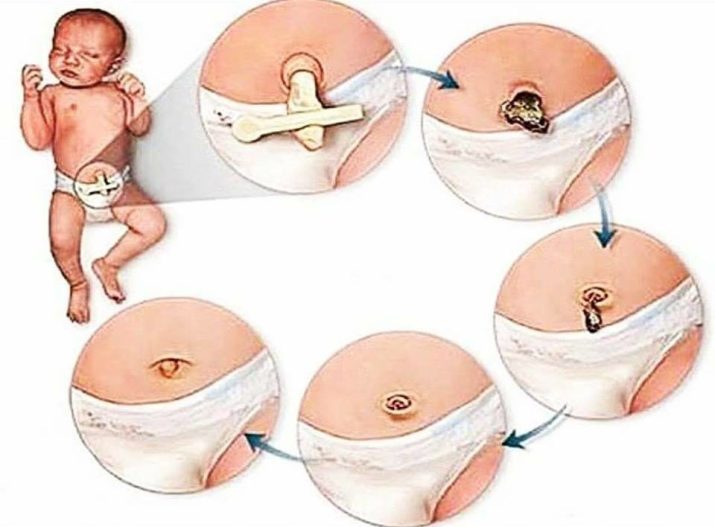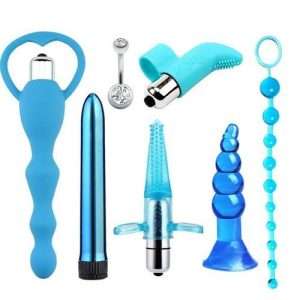
Newborn Umbilical Cord Care
Your baby’s belly button (navel) is a sensitive area you should handle with care, and prevent it from becoming inflamed.
The midwives or the nurses in the clinic should help clamp the umbilical cord, and treat it before discharging the baby from the hospital.
However, it’s also important for mothers to know how to clean the umbilical cord, prevent newborn umbilical cord bleeding, and avoid infections.
What is left of Umbilical Cord?
When the baby is delivered, the umbilical cord is cut and the rest of the cord is clamped off with a clamp so that the area does not bleed again.
The umbilical cord outside the baby’s belly does not hurt the baby because there are no nerves in it, however, some babies don’t like it to be touched.
How long does it take for Baby’s navel to heal?
The outie slowly turns dark and falls off within 2 weeks after birth. The umbilical cord can also get ripped off too early within a few days, there’s no cause for concern as long as it falls off itself and there’s no complication.
While you should protect the belly button, you can make it heal faster by keeping it dry and adding ointment to it after birth.
If the umbilical cord is still attached at 3 weeks, add cord ointment and expose the area to air to make it dry and fasten the healing process.
There’s also no concern if the umbilical cord falls off and there’s yellowish-gray matter underneath.
When you should be concerned is when there’s pus, foul smell, bleeding, or reddish matter surrounding the stump area.
What to do when the Umbilical cord falls off
After the small piece of umbilical cord falls off, it is normal if the belly button still stick out and the area is not dry,
Usually, this does not hurt the baby, but you can also notify your midwife so that she can examine the navel.
Sometimes, outie can be caused by umbilical hernia or granuloma (inflammation).
Shortly after the umbilical cord has fallen off, it is important to keep the sore navel dry so that it does not become inflamed.
Some experienced mothers can also push in the navel without any issue coming up later. They use a corset or binder to exert pressure on the navel, but it should be left open to get it exposed to air for healing.
In addition, care must be taken to ensure that no urine gets to the navel through a diaper to prevent contamination and that the diaper cuff does not rub against the navel.
It is best if you fold the diaper outwards at the top edge so that the navel is exposed.
Care for the Navel
The baby’s navel should be cleaned twice daily ( morning and night) with a dampened cotton bud.
As long as the navel has not healed completely, gently dab it with a dampened cotton bud and add ointment to it.
Avoid removing anything from the navel under any circumstances as you could injure your baby, and if the navel is swelling or inflamed, show it to your pediatrician or midwife for the best remedy.
Navel Complications
If the navel is reddened, bloody, or purulent, the pediatrician must be consulted in any case, as these are the first signs of inflammation, which the doctor can usually get under control quickly with an antiseptic.
A doctor should also be seen if the navel is bulging, as the bulging can be a sign of an umbilical hernia.
In some babies, small droplets of blood continue to drip from the navel for a long time – usually, this is bleeding due to a vitamin K deficiency, but sometimes this is also an indication of an umbilical granuloma that needs to be treated by a medical doctor.





